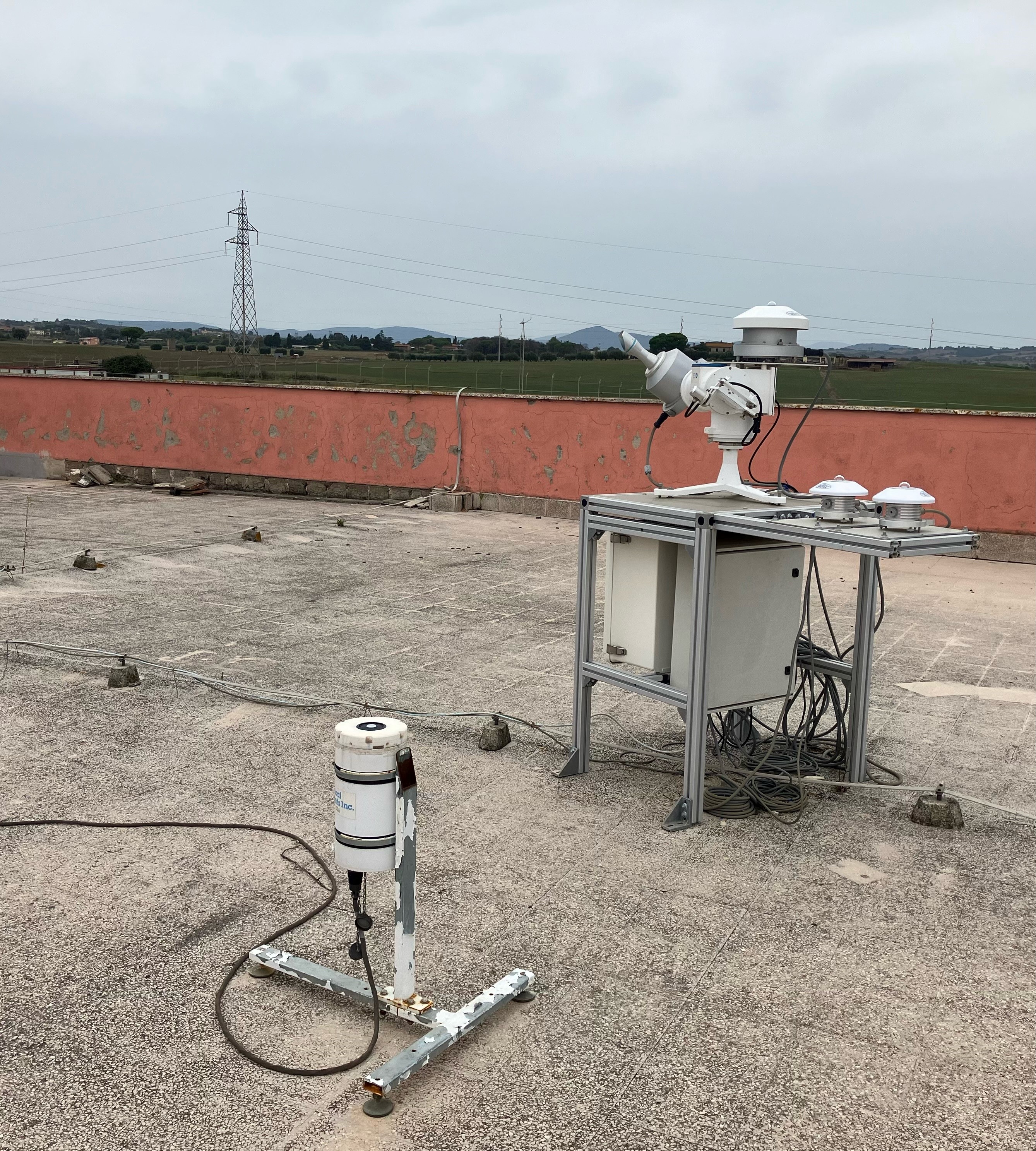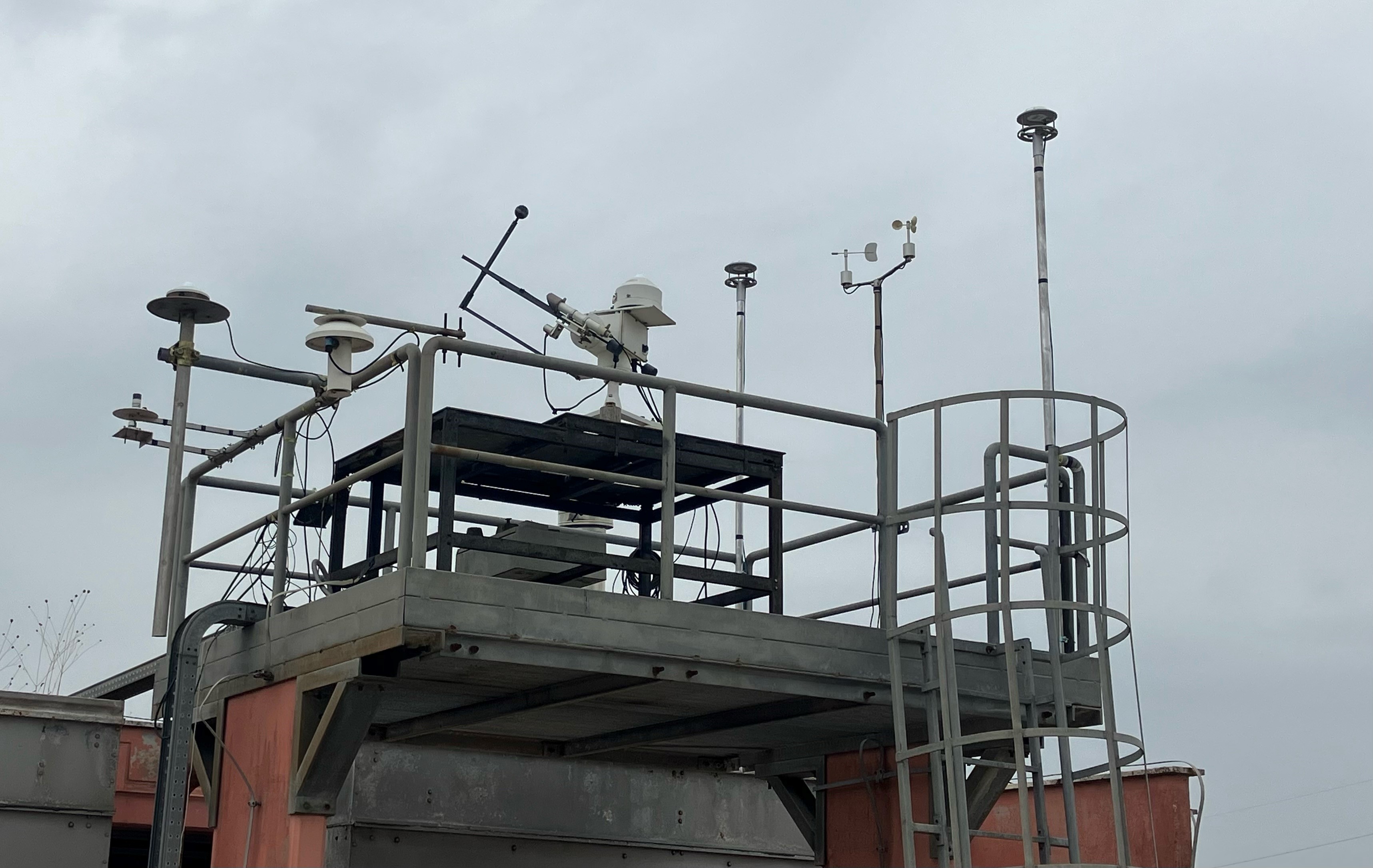Italian National Agency for New Technologies, Energy and Sustainable Economic Development

Energy: ENEA uses weather and climate data to calculate the needs of buildings
Calculating the energy needs of buildings and the performance of renewable systems increasingly accurately is what ENEA has accomplished by processing data relating to temperature, humidity and solar radiation, with time resolution down to one minute. “The availability of weather-climate data with high temporal resolution is key to assess the energy consumption of buildings because the energy necessary for summer and winter air conditioning heavily depends on local climate conditions”, said ENEA researcher Giampaolo Caputo who, together with Irena Balog, Domenico Iatauro and Paolo Signoretti conducted the study published in the international journal “Sustainability”.
“Thanks to the team work of experts in renewable sources and energy efficiency - continued Caputo - we succeded in performing temporal downscaling up to one minute of a typical meteorological year[1] for the main climate variables considered in the energy balance of a building, particularly solar radiation, which varies with sky conditions (clear or cloudy) and on cloudy days can go from high values to very low values in fractions of a minute".
The downscaling model for some specific years was validated with ground measurements acquired at the ENEA Casaccia Research Center (Rome) and included in the Italian Solar Radiation Atlas Solaritaly, developed and managed by ENEA.
Climate variables are the basis to determine the size of the renewable systems to be installed and calculate the energy performance of buildings. “In this context, it becomes increasingly necessary to expand the climate data currently available on a sub-hourly basis[2] and, at the same time, reconsider the typical years for climate quantities for the national territory,” said Caputo.
Reduced time scale climate data could also be implemented to design control systems for more advanced air conditioning systems, optimizing the use of storage systems and available renewable sources.
Currently there are extensive databases of multi-year time series of hourly measurements for almost all meteorological quantities and for numerous Italian locations, but there is almost no availability of similar measurements at a sub-hourly frequency.


For more information please contact:
Notes
[1] A typical climatic year is a set of meteorological data with data values for temperature, relative humidity, solar irradiance and wind speed values for every hour in a year (for a total of 8,760 hours in a year), that is the key parameters for calculating the energy required for summer and winter air conditioning of buildings and for sizing and management of renewable energy systems.
[2] The UNI 10349-1 provides monthly averages and typical years of the main climate quantities to be used for calculating the energy performance of buildings of 110 Italian localities, where data collection stations are located.
